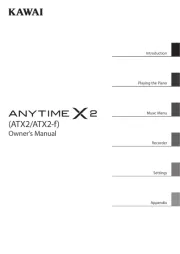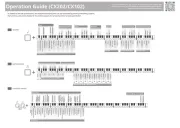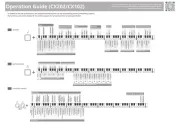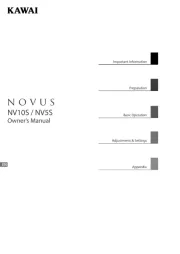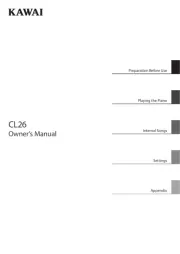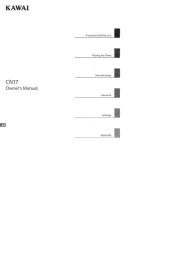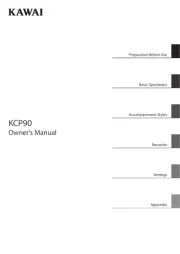Max KB5 Manual
Læs gratis den danske manual til Max KB5 (11 sider) i kategorien Klaver. Denne vejledning er vurderet som hjælpsom af 75 personer og har en gennemsnitlig bedømmelse på 5.0 stjerner ud af 38 anmeldelser.
Har du et spørgsmål om Max KB5, eller vil du spørge andre brugere om produktet?

Produkt Specifikationer
| Mærke: | Max |
| Kategori: | Klaver |
| Model: | KB5 |
| Vekselstrømsindgangsspænding: | 100-240 V |
| Vekselstrømsindgangsfrekvens: | 50 - 60 Hz |
| Bredde: | 930 mm |
| Dybde: | 304 mm |
| Højde: | 94 mm |
| Vægt: | 5300 g |
| Produktfarve: | Black, White |
| Indbygget skærm: | Ja |
| Udgange til hovedtelefoner: | 1 |
| Skærm: | LED |
| DC-in-stik: | Ja |
| Strømkilde type: | Vekselstrøm |
| Mikrofonindgang: | Ja |
| Antal taster: | 61 taster |
| Antal demo sange: | 50 |
| Metronom: | Ja |
Har du brug for hjælp?
Hvis du har brug for hjælp til Max KB5 stil et spørgsmål nedenfor, og andre brugere vil svare dig
Klaver Max Manualer




Klaver Manualer
- Carry-on
- Roland
- Artesia
- NUX
- Native Instruments
- Kurzweil
- Kawai
- Hammond
- Schubert
- Crumar
- Medeli
- Korg
- Orla
- Alesis
- Thomann
Nyeste Klaver Manualer


